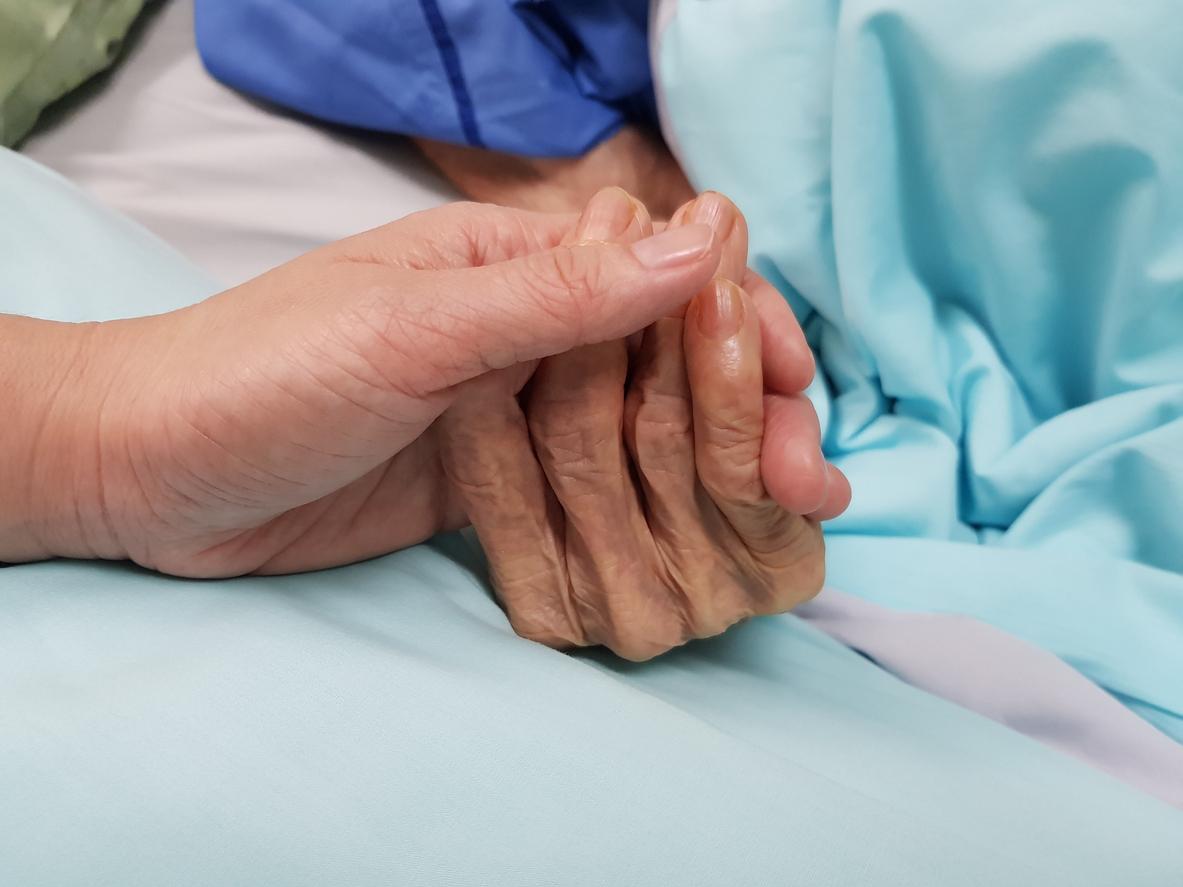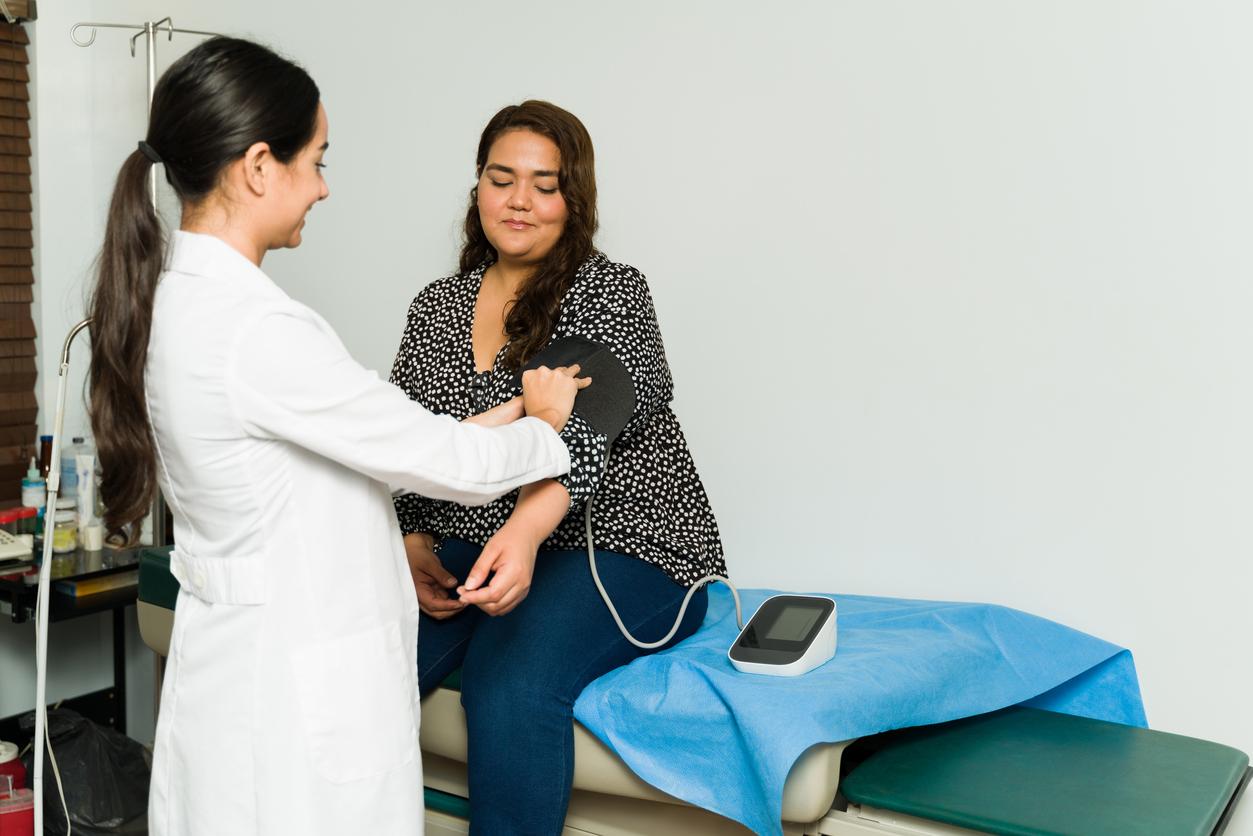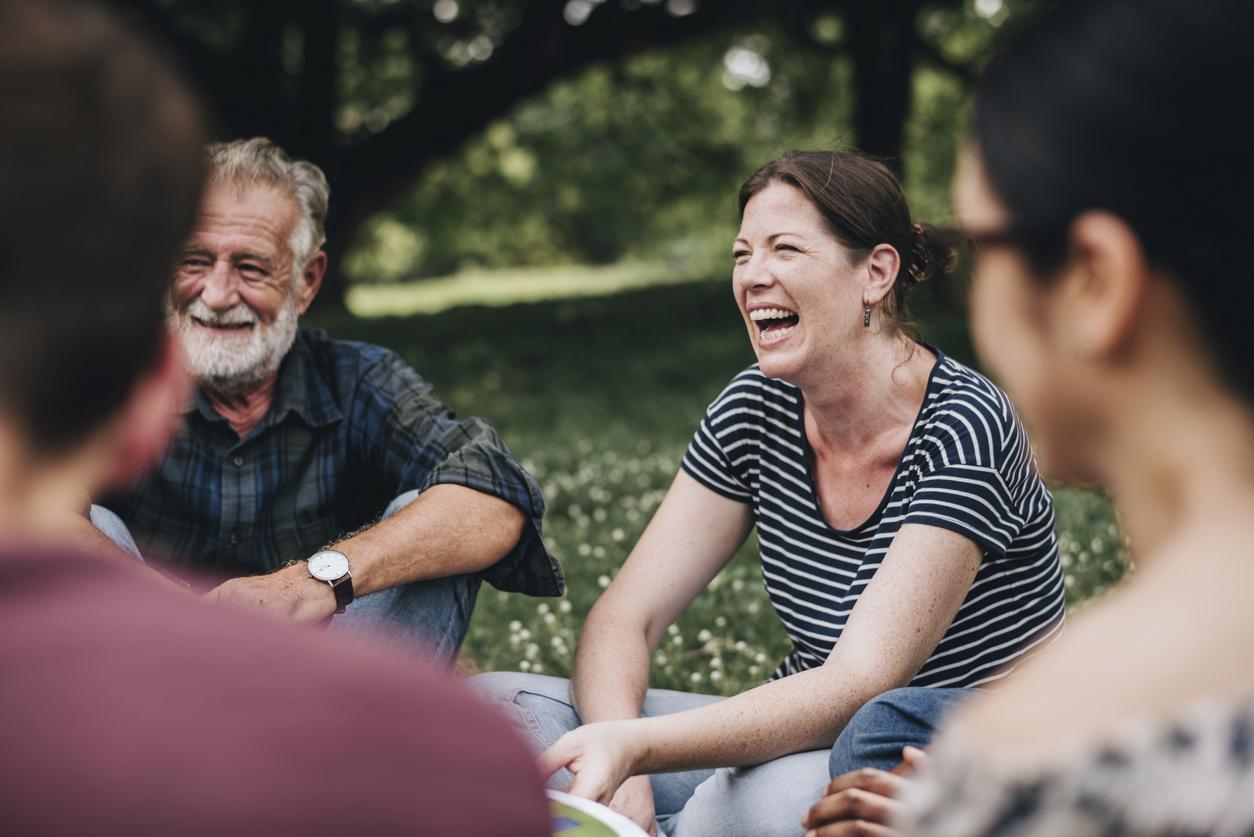Virtual reality can help people at the end of their lives feel better.

- Virtual reality involves using a headset to create an immersive 3D experience, often accompanied by realistic music or sound effects.
- This technique may help people cope better with palliative care, according to a new study.
- A 20-minute session can notably reduce pain.
While the examination of the new end-of-life bill is due to begin in May in the National Assembly, researchers have demonstrated that virtual reality can be beneficial for people in palliative care.
“Despite the efforts of caregivers, the daily lives of people in palliative care can be marked by severe physical and psychological pain,” explain researchers Tobias Loetscher and Gregory Crawford in The Conversation.
“We wondered if virtual reality (VR) could help them,” they write. “We were especially interested in whether personalized virtual reality sessions were associated with significant changes in pain and depression,” they add.
“To find out, we helped 16 palliative care patients do three 20-minute virtual reality sessions, and we asked them how they felt before and after each one. they continue.
More than 50% of the dying find peace thanks to virtual reality
Their study, published this week in the journal BMJ Supportive & Palliative Carefound that more than 50% of patients experienced a clinically significant reduction in pain and depressive symptoms immediately after a 20-minute virtual reality session.
It is important to note, however, that some patients also said that it did not help them or that they felt bad after using it. “This shows that it is essential to take a nuanced approach to the use of virtual reality in palliative care,” indicate the researchers.
What is personalized virtual reality?
Virtual reality involves using a headset to create an immersive 3D experience, often accompanied by realistic music or sound effects. This computer-generated environment can seem incredibly close to reality.
Personalized VR means that each person experiences content that is unique to them. “So rather than asking patients to choose, for example, between a rainforest experience and a beach experience, we surveyed patients before their sessions to gauge their interests and create a reality session virtual adapted to them”, explain Tobias Loetscher and Gregory Crawford.
“For example, one person said they wanted a VR experience that would allow them to rediscover Paris. Others had moved to Australia from the UK and so requested VR experiences that would help them rediscover Paris. take them back to the country where they were born. One person was a big Star Wars fan, so we offered them a virtual reality game on this theme. they develop.


















